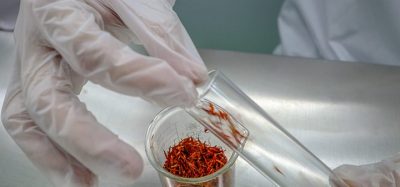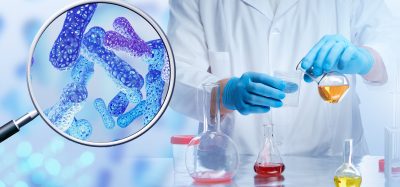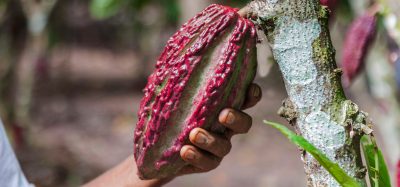The food safety and human health timebomb
- Like
- Digg
- Del
- Tumblr
- VKontakte
- Flattr
- Buffer
- Love This
- Odnoklassniki
- Meneame
- Blogger
- Amazon
- Yahoo Mail
- Gmail
- AOL
- Newsvine
- HackerNews
- Evernote
- MySpace
- Mail.ru
- Viadeo
- Line
- Comments
- Yummly
- SMS
- Viber
- Telegram
- Subscribe
- Skype
- Facebook Messenger
- Kakao
- LiveJournal
- Yammer
- Edgar
- Fintel
- Mix
- Instapaper
- Copy Link
Posted: 8 June 2023 | Professor Chris Elliott | No comments yet
Professor Chris Elliott discusses the impact plastic has on the planet and predicts the “biggest challenge” that regulators and food and water companies will ever have to face.


In recent years, many have had the realisation that plastics are a menace to all in our society. They have polluted our environment, especially our rivers, seas and oceans. While there have been efforts to reduce the use of plastics in some parts of the world, other regions have failed to make changes.
I think the most worrying aspect of this is that if plastic production stopped tomorrow, the legacy left behind of over 60 years of widespread production and use will haunt our planet for many hundreds of years to come.
What has made me take such a pessimistic stance? It’s come from reading about it, talking with colleagues who are researching the area and also being involved in research regarding the breakdown products of plastics, the so called micro and nano plastics (MNPs) and the ‘forever chemicals’ used to bond the different layers of plastics together. These particles and chemicals are now ubiquitous in virtually every part of our daily lives. One study calculated there are over 24 trillion pieces of MNPs in the world’s oceans alone. But it is not just our marine environment that is so heavily polluted. There is a growing body of evidence that shows them in huge numbers in sewage which then adds to the massive MNP load present in our soils.
What we have in today’s world are entire ecosystems that are heavily polluted. Through food webs we all are being exposed to MNPs in many of our everyday food and beverages. Crop and fish species in many parts of the world have been shown to accumulate these breakdown products of plastics. The adverse health effects of MNP exposure are quite well understood in fish (ie they are neurotoxic, cause both growth retardation and behavioural issues as well as being endocrine disruptors).
However, the adverse health effects in humans is less understood. This is because MNPs are a hugely diverse set of particles in terms of the plastics they are made from, their shape, their size the human exposure to cocktails of these as well as the forever chemicals. What is advancing rapidly is the ability to measure and quantify the levels of MNPs in our food and water supplies through the use of robust analytical chemistry approaches. The data generated from such measurements can help build the scientific evidence in terms of human exposure and their human health consequences.
There are now growing calls for regulations to be introduced to reduce and control NMPs in our food and water supplies. As someone who has been involved in providing scientific evidence for food safety regulations, I cannot overestimate the challenges this will ensue. To me, it will be the biggest challenge that regulators and water and food companies have ever faced in terms of developing a regulatory framework, due to the complexity of the subject and what could be feasible in terms of setting legal limits for MNPs in food and drink.
This is subject cuts right across the domains of environment, human health, food safety and ultimately food security.
Perhaps there needs to be some fundamental reflections on how the human race has, in a relatively short space of time, caused such massive damage to our planet in terms of our climate, our environment and health.
We need to better understand the driving factors for all these and how to address them at a global level. If we don’t, the human race will undoubtedly become the next set of dinosaurs. The difference is, dinosaurs managed to roam the earth for 165 million years, but us humans have only done so for two million so far. Food for thought?
Related topics
Food Safety, Health & Nutrition, Packaging & Labelling, Research & development, Sustainability













